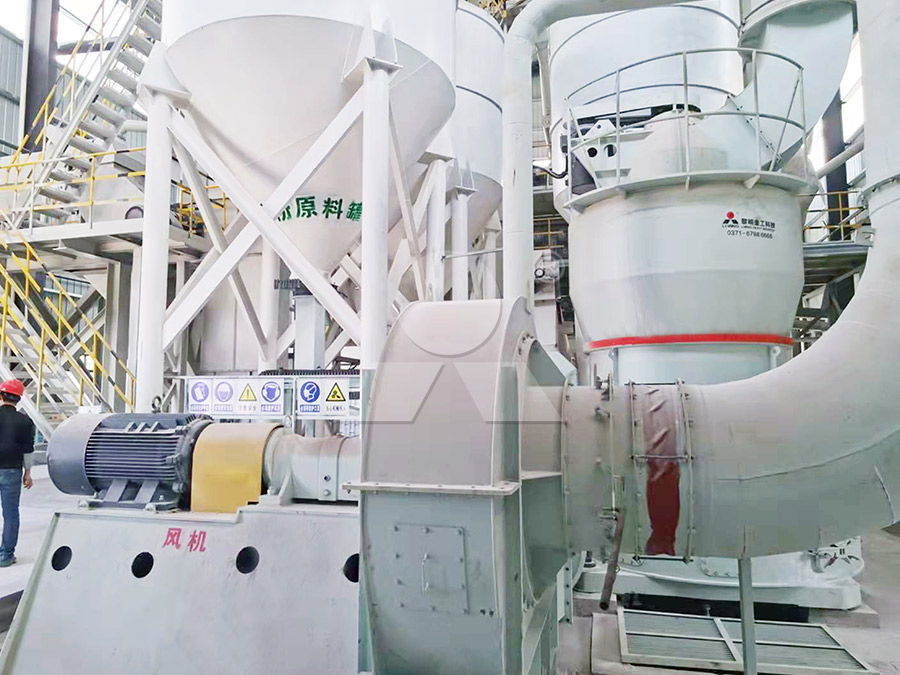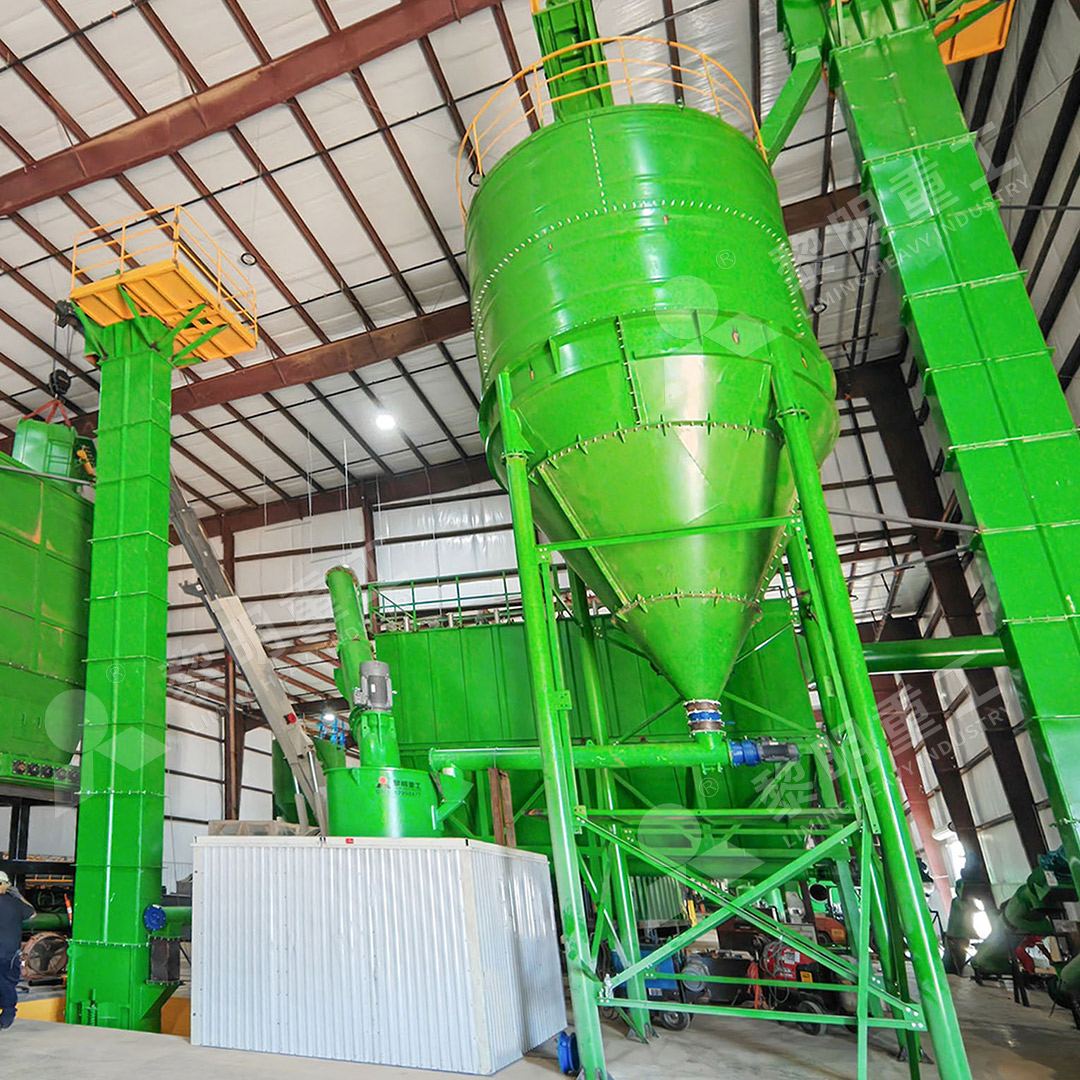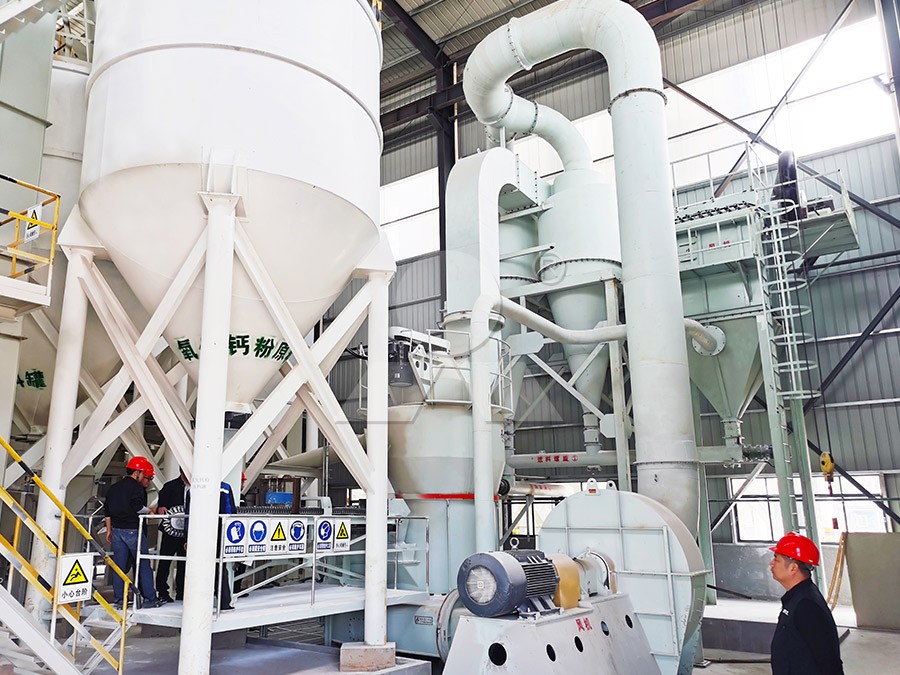Key Sanitary Standards for Food-Grade Calcium Carbonate Powder Manufacturing
Key Sanitary Standards for Food-Grade Calcium Carbonate Powder Manufacturing
In the world of food ingredient production, few standards are as rigorous as those governing food-grade calcium carbonate powder. This essential mineral additive serves numerous functions—from nutritional fortification to pH regulation—in products ranging from baked goods to dairy alternatives. The journey from raw limestone to pristine, edible powder demands unwavering commitment to hygiene and precision engineering at every stage.

Critical Control Points in Manufacturing
The transformation begins with meticulous raw material selection. Food-grade limestone must be sourced from deposits with verified low levels of heavy metals and other contaminants. Once quarried, the material undergoes multiple washing stages to remove impurities before the grinding process begins. This initial purification is crucial, as subsequent processing cannot compensate for poor-quality feedstock.
Modern manufacturing facilities implement HACCP (Hazard Analysis Critical Control Point) systems specifically tailored to mineral processing. These protocols identify potential contamination risks at each production stage, from crushing through packaging. Air quality management is particularly vital, as airborne particles can introduce microorganisms or cross-contaminants. Sophisticated air filtration systems maintain positive pressure in critical zones, preventing unfiltered air from entering processing areas.
The Role of Advanced Grinding Technology
Precision grinding represents the heart of food-grade calcium carbonate production. The equipment must achieve consistent particle size distribution while preventing metallic contamination from wear parts. This is where technological innovation becomes indispensable. Traditional grinding methods often struggle to maintain purity standards while delivering the ultrafine particles required for optimal functionality in food applications.
For operations demanding exceptional purity and precise particle control, the MW Ultrafine Grinding Mill offers a compelling solution. With its innovative design featuring no rolling bearings or screws in the grinding chamber, this equipment eliminates common contamination points. The machine’s ability to produce powder between 325-2500 meshes with precision German separation technology makes it particularly valuable for food applications where particle size affects functionality. The integrated pulse dust collector ensures operations meet stringent environmental and hygiene standards.

Material Handling and Contamination Prevention
Beyond the grinding process, sanitary handling of calcium carbonate powder presents significant challenges. The material’s tendency to absorb moisture and odors necessitates climate-controlled storage and processing environments. All contact surfaces must utilize food-grade stainless steel with polished welds that prevent particle accumulation. Regular swab testing validates cleaning protocols, while magnetic separators and metal detectors provide additional contamination safeguards.
For facilities requiring vertical integration, the LUM Ultrafine Vertical Grinding Mill delivers exceptional performance with its unique roller shell and lining plate grinding curve. This design generates material layers more effectively, achieving high rates of finished product in a single pass. The reversible structure simplifies maintenance access, reducing downtime while maintaining hygiene standards. With energy consumption 30-50% lower than conventional mills, it represents both a technical and economic advancement for food-grade mineral production.
Packaging and Final Quality Assurance
The concluding stages of production demand equal vigilance. Food-grade calcium carbonate typically moves to automated packaging systems that eliminate human contact. Packaging materials must provide adequate moisture barrier properties while complying with food contact regulations. Batch coding and traceability systems ensure complete supply chain transparency, while retained samples from each lot provide reference material for the product’s shelf life.

Rigorous testing protocols extend beyond regulatory requirements, with many manufacturers implementing additional checks for microbial contamination, particle size distribution, and chemical purity. Advanced laboratories supporting these operations utilize techniques including X-ray fluorescence for elemental analysis and laser diffraction for particle size verification.
Frequently Asked Questions
What distinguishes food-grade from industrial-grade calcium carbonate?
Food-grade calcium carbonate must meet stringent purity specifications regarding heavy metals, microbial counts, and chemical contaminants. The manufacturing process must prevent any potential contamination and adhere to food safety standards like GMP and HACCP.
How does particle size affect food applications?
Particle size influences functionality in multiple ways. Finer particles provide smoother mouthfeel in beverages and improved dispersion in baked goods. Specific applications require precise particle size distributions, which advanced mills like the MW series can consistently deliver.
What certification should manufacturers maintain?
Reputable producers typically hold certifications including ISO 22000, FSSC 22000, or SQF, along with compliance with relevant pharmacopeia standards (USP, FCC, Ph. Eur.) for food additives.
How important is equipment design to product purity?
Extremely important. Equipment with fewer contamination points, such as the MW Ultrafine Grinding Mill’s bearing-free grinding chamber, significantly reduces risks. Sanitary design principles—including smooth surfaces, easy cleanability, and corrosion-resistant materials—are essential throughout the production line.
